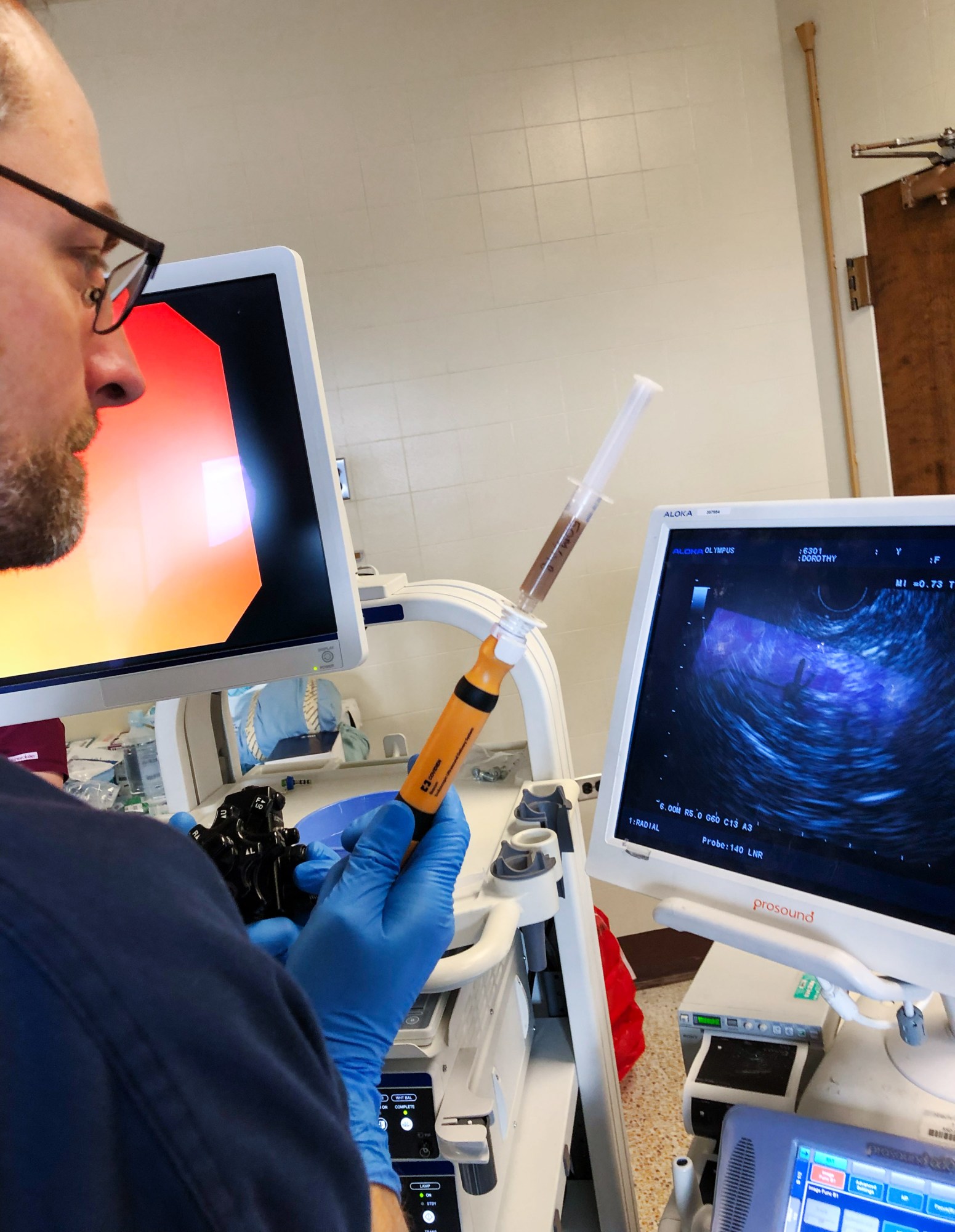[ad_1]
And the lymph nodes near the liver are close enough to receive chemical distress signals sent out by the dying tissue of a diseased liver, says Lagasse. These signals are meant to encourage any remaining healthy liver tissue to regenerate, but this doesn’t work in cases of severe disease. However, the signals do appear to help along the growth of liver tissue in neighboring lymph nodes.
“It’s incredible,” says Gouon-Evans. “Having this little incubator in the body [that can grow organs] is just amazing.”

LYGENESIS
Around five years ago, Lagasse, along with entrepreneur and drug developer Michael Hufford and transplant surgeon Paulo Fontes, founded LyGenesis to take the technology further. The team are exploring the use of lymph nodes to grow new thymuses, kidneys, and pancreases.
But the company’s priority is livers. Over the last 10 years, members of the team have collected promising evidence that suggests they can use their approach to grow new mini livers in mice, pigs, and dogs. The mini livers don’t grow indefinitely—the body has an internal regulator that stops liver growth at a certain point, which is why healthy livers don’t overshoot when they regenerate.
The team’s research in mice with a genetic liver disorder has shown that most of the cells injected into a lymph node will stay there but some will migrate to the liver, providing there is enough healthy liver tissue remaining. These migrating cells can help the remaining liver tissue regenerate and heal. When this happens, the new mini liver in the lymph node will shrink, keeping the total amount of liver tissue in balance, says Lagasse.
Other studies have focused on pigs and dogs that have the blood supply to the liver diverted, causing the organ to die. Injecting liver cells into the animals’ lymph nodes will eventually rescue their liver function.
In the pig study, for example, the team first surgically diverted the blood supply away from the liver in six animals. Once the pigs had recovered from surgery, the team injected healthy liver cells into their lymph nodes. The doses ranged from 360 million cells injected across three lymph nodes to 1.8 billion cells across 18 lymph nodes.
Within a couple of months, all the animals appeared to show recovery from their liver damage. Tests suggested their liver function had improved. And when the team later performed autopsies on the animals, the new organs in the lymph nodes looked very much like miniature healthy livers, each up to around 2% of the size of a typical adult liver. Other studies suggest it takes around three months for the treatment to have significant benefits.
[ad_2]
Source link




